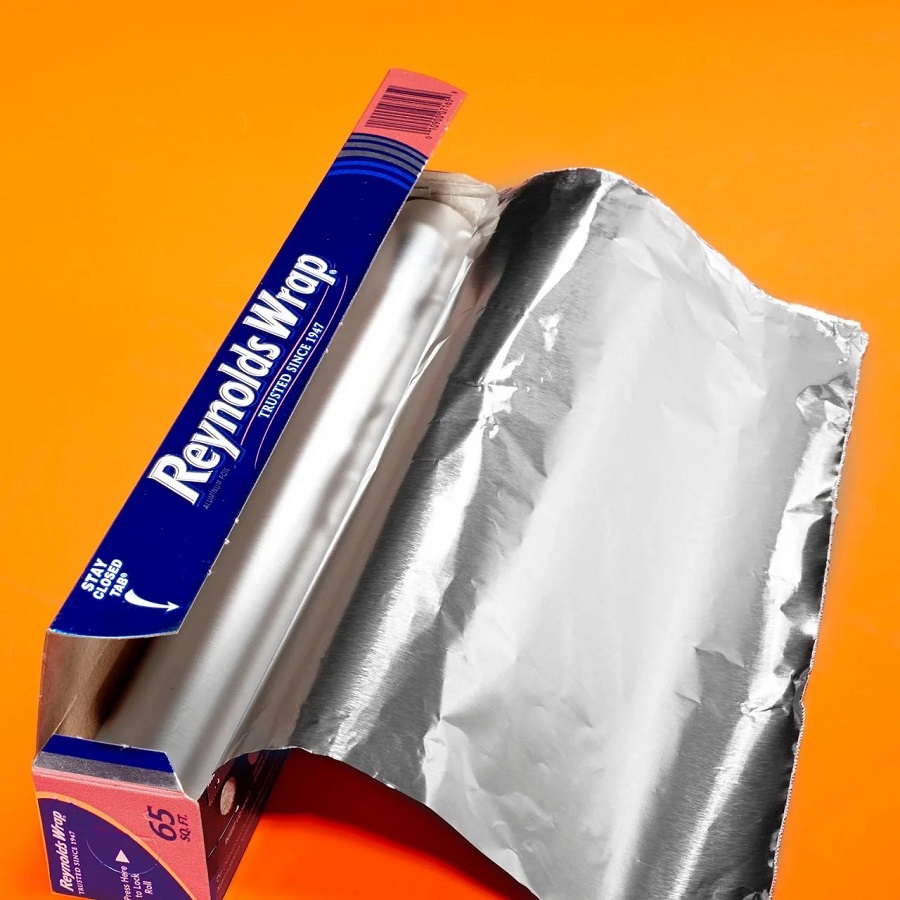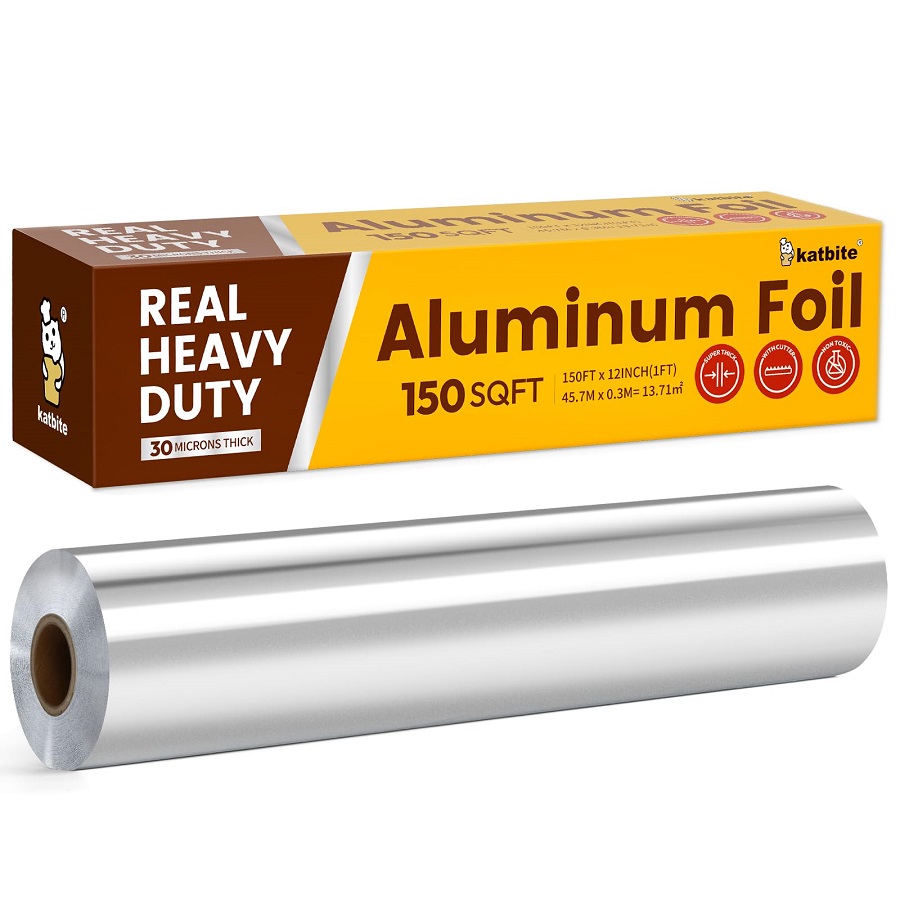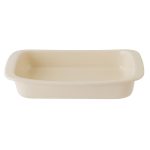Introduction to Aluminum and Tin Foil
Aluminum Foil vs Tin Foil are common materials in households and industries. Aluminum foil, made from aluminum, is highly versatile. It is typically used for food storage, insulation, and specialized industrial applications. Tin foil, traditionally made from tin, has been largely replaced by aluminum due to aluminum’s superior properties.
Both foils appear similar but serve different needs based on their unique characteristics. Aluminum foil is notably useful for its high heat and electrical conductivity, making it ideal for cooking and packaging. Tin foil, on the other hand, still finds some niche uses in industries like electronics where specific properties of tin are required.
The transition from tin to aluminum foil over the years stems from aluminum’s adaptability and cost-effectiveness. These foils are not only practical but also impact daily cooking and storage practices significantly. Understanding their distinct features helps in making informed choices for both domestic and commercial uses.
 Historical Context: The Evolution from Tin to Aluminum
Historical Context: The Evolution from Tin to Aluminum
The journey from tin foil to aluminum foil is a tale of innovation and material science. In the early 20th century, tin was the go-to material for foil production. This was due to its availability and properties that suited the needs at the time, including packaging and food wrapping. However, users quickly noticed that tin imparted a “tinny” taste to food, similar to the flavor from canned goods.
In 1926, a game-changing moment occurred. The U.S. Foil Company, later part of Reynolds Metals, introduced aluminum foil. Aluminum excelled where tin foil fell short. It was lightweight, didn’t corrode, and could be made thinner at a lower cost, increasing the yield per roll. Products wrapped in aluminum foil, like the Eskimo Pie, marked a significant distillation in consumer goods packaging.
While people still referred to aluminum foil as ‘tin foil’, the misnomer stuck due to habit more than accuracy. Since then, aluminum has dominated the foil market. Its rise can be attributed to its superior qualities, including strength, flexibility, and its ability to withstand higher temperatures. These advantages have led to aluminum foil becoming an indispensable material in kitchens and industries worldwide.
The evolution from tin to aluminum foil showcases how a better material can revolutionize an industry, improve products, and become a household staple. Aluminum’s dominance is a testament to ongoing improvements in production efficiency and materials engineering. Understanding this historical context highlights the significance of aluminum foil in contemporary applications, from cooking to high-tech circuit boards.
Physical Properties: Color, Strength, and Texture
When distinguishing between aluminum foil and tin foil, several physical aspects must be considered. These include color, strength, and texture, all of which guide their use in daily applications.
Color Differences
Aluminum foil typically presents a silver-white hue, while tin foil exhibits a brighter shine. This subtle color variation can help identify the type of foil at a glance.
Varied Strength
In terms of strength, aluminum foil stands out due to its higher durability. It resists tears and punctures more effectively than tin foil. This resilience makes aluminum foil a preferred choice for tasks requiring robust material.
Texture Contrast
Texture-wise, aluminum foil is generally harder than tin foil. Users can feel the difference by hand. The sturdiness of aluminum foil adds to its versatility, making it fit for a wide array of uses, from lining baking trays to crafting art projects.
The physical properties of both foils reveal their suitability for different tasks. While aluminum foil’s color, strength, and texture make it globally popular, tin foil’s unique attributes still find specialized applications where a softer and more malleable material is beneficial.
Thermal Properties: Conductivity and Melting Points
Understanding the thermal properties of materials is crucial in various applications. Aluminum foil and tin foil differ notably in this regard.
Conductivity of Heat
Aluminum foil stands out for its excellent thermal conductivity. With a rating of 237 W/mK, it transfers heat efficiently. This property is why it’s often used in cooking and baking, as it helps in even heat distribution. Tin foil, having a much lower thermal conductivity of 66.6 W/mK, is less efficient in these applications.
Melting Points
The melting point of a material indicates its suitability for high-temperature uses. Aluminum foil has a high melting point of 660 degrees Celsius, making it ideal for grilling and oven use. Tin foil melts at a much lower temperature, around 232 degrees Celsius. This means that aluminum foil is the safer choice for high-heat processes.
The difference in thermal properties between aluminum foil and tin foil has a substantial impact on their functionality. Aluminum’s superior heat conductivity and higher melting point make it more versatile and safer for cooking at high temperatures. Tin foil’s lower heat resistance confines it to less intensive tasks. Understanding these differences can guide consumers in choosing the right foil for their needs.
Electrical Conductivity: Comparing Circuitry Applications
When we consider the electrical conductivity of materials, aluminum foil and tin foil showcase distinct characteristics. It’s crucial for industries that use these materials in electrical and electronic applications to understand these differences.
Aluminum foil, known for its excellent conductivity properties, is often a choice for high-frequency precision circuit boards and capacitor foil materials. This is due to its low resistivity of around 2.82 * 10^-8 ohm-meter, which allows it to conduct electricity efficiently.
In contrast, tin foil has a higher resistivity — about 11.5 * 10^-8 ohm-meter — indicating less conduction capability. Despite this, it’s suitable for internal connections in electronic equipment where extreme conductivity is not necessary, but a moderate degree of ductility is beneficial.
For those involved in circuitry design or assembly, selecting the right type of foil matters. Projects requiring effective electrical conduction and heat dissipation might favor aluminum foil. On the other hand, tin foil can be more appropriate for connections where flexibility and ease of use are required, despite its lesser conductivity.
To make our understanding practical for everyday applications, let’s reflect on common uses. Aluminium foil serves in a broad spectrum of electronic devices, from smartphones to household appliances, aiding in energy transfer and heat management. Tin foil, while not as prevalent, plays a role in specialized electronic repairs and can be seen in artisanal crafts that value its malleability.
Given these applications, it’s evident that aluminum foil’s superior electrical conductivity affords it a wider range of uses in modern technology. Its cost-effectiveness and availability also contribute to its prevalence over tin foil in these applications.
Pricing and Affordability in the Market
When comparing aluminum foil vs tin foil, pricing plays a significant role. Generally, aluminum foil is more affordable than tin foil. This price difference stems from the materials’ availability and their production processes. Aluminum is abundant and easier to mine, which makes its processing cheaper. On the other hand, tin is less common and involves a more complex extraction process, leading to higher costs.
Manufacturers also achieve greater economies of scale with aluminum foil due to its widespread use and demand. This demand drives down production costs and, consequently, the retail price. Aluminum foil’s cost-effectiveness not only makes it preferable for consumers looking for budget-friendly options but also for companies aiming to manage operational costs.
Conversely, the higher price of tin foil is reflected in its specialized uses, where specific properties like higher malleability are required. As a result, it finds less frequent use in everyday applications, which does not support large-scale production or lower prices.
In conclusion, if you’re seeking a material that balances cost with performance, aluminum foil often presents the most economically sensible choice. Its widespread application and lower production costs make it the go-to option for both households and industries.
Food Packaging and Storage Considerations
Food Safety and Preservation
Aluminum foil shines in food packaging and storage. It acts as a barrier against moisture, light, and oxygen. This preserves food freshness and extends shelf life. It’s preferred for wrapping foods for this reason.
Convenience in Cooking
Aluminum foil is also indispensable in cooking. Its heat conductivity allows for even cooking and baking. Wrapping food in aluminum foil simplifies cleanup and maintains flavor. It’s ideal for grilling, where it can handle high temperatures without melting.
Lesser Suitability of Tin Foil
Tin foil, due to its lower heat resistance and tendency to leave a metallic taste, is less favored for food packaging. While it has uses in other areas, its suitability for food-related applications is limited.
Practicality and Cost-Effectiveness
The cost-effectiveness of aluminum foil makes it a popular choice in both households and commercial settings. Its availability, coupled with its performance, ensures it’s a staple item for food packaging. Tin foil, being more expensive and less versatile, predominately finds niche applications.
These considerations underscore why aluminum foil is extensively used in food packaging and storage, surpassing tin foil in utility and preference.
Sustainability: Recycling and Environmental Impact
The conversation around aluminum foil vs tin foil isn’t complete without considering their environmental impact and recyclability. Sustainability is an ever-growing concern, and understanding how these materials fare in this aspect is crucial. Here, aluminum foil has a clear advantage.
Aluminum Foil’s Recyclability
Aluminum foil is highly recyclable, which contributes to its environmental friendliness. As a material, it can be recycled indefinitely without losing quality. Most importantly, cleaning aluminum foil allows it to be reused, reducing overall waste. With a high recycling rate of more than 75%, aluminum foil’s lifecycle is a model for sustainable practices.
Tin Foil’s Limited Reuse
On the other hand, tin foil is less commonly recycled. Its more complex purification process during recycling increases costs and limits its recycling rate to about 25-45%. While tin foil can be recycled, the higher energy and financial investments lessen its sustainability profile.
Cost of Recycling
The cost of recycling is a determining factor for both materials. Aluminum foil, due to its cheaper and more efficient recycling process, doesn’t require as much investment as tin foil, which requires a more involved process.
Impact on Food Practices
In food practices, the reuse and recycling potential of aluminum foil means it’s a more sustainable choice for consumers. By choosing aluminum foil, they are making a decision that supports the environment, in addition to its other benefits such as food safety and preservation.
In sum, when comparing aluminum foil vs tin foil from a sustainability perspective, aluminum foil is a clear leader. Its high recyclability, lower cost, and lower environmental impact make it the preferable choice for both consumers and industries striving for eco-friendly options. This focus on sustainability is not just a trend but a necessity in our current global effort to reduce waste and conserve resources.




